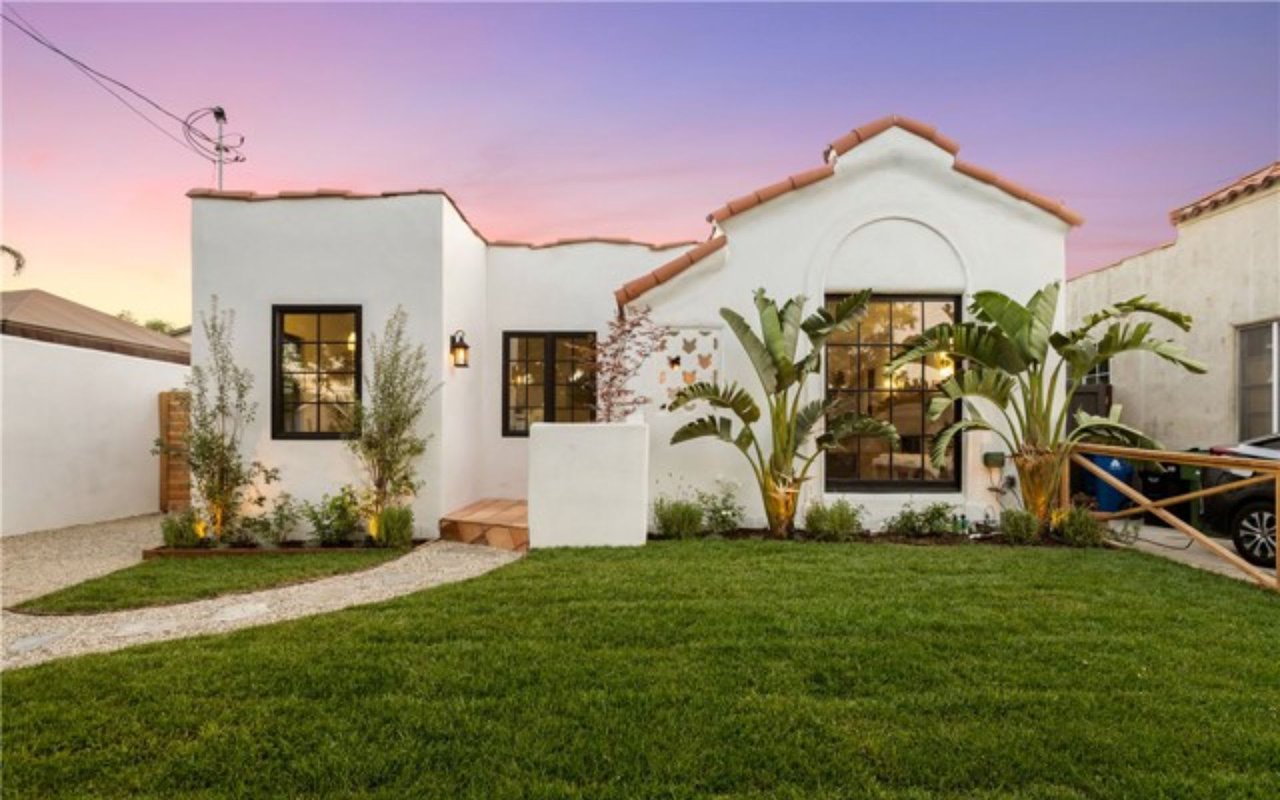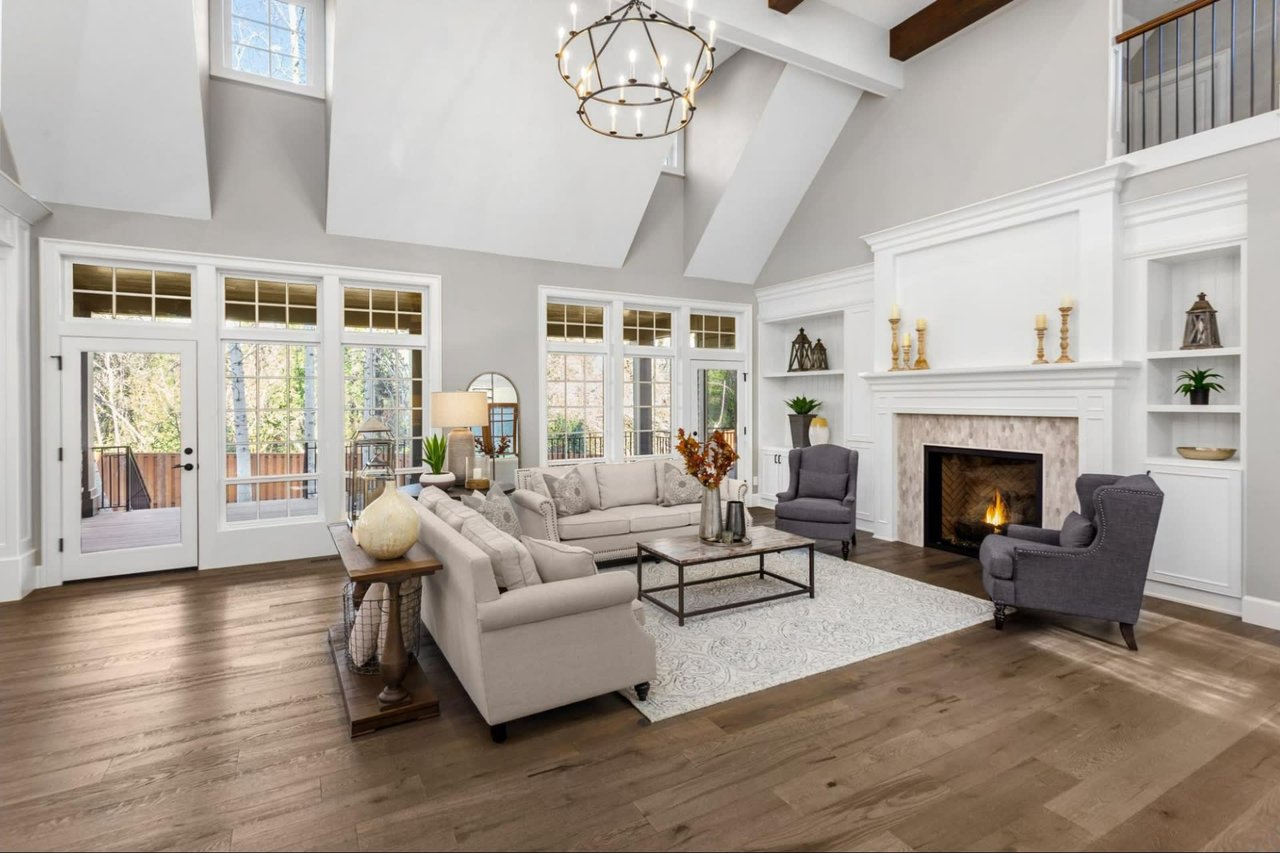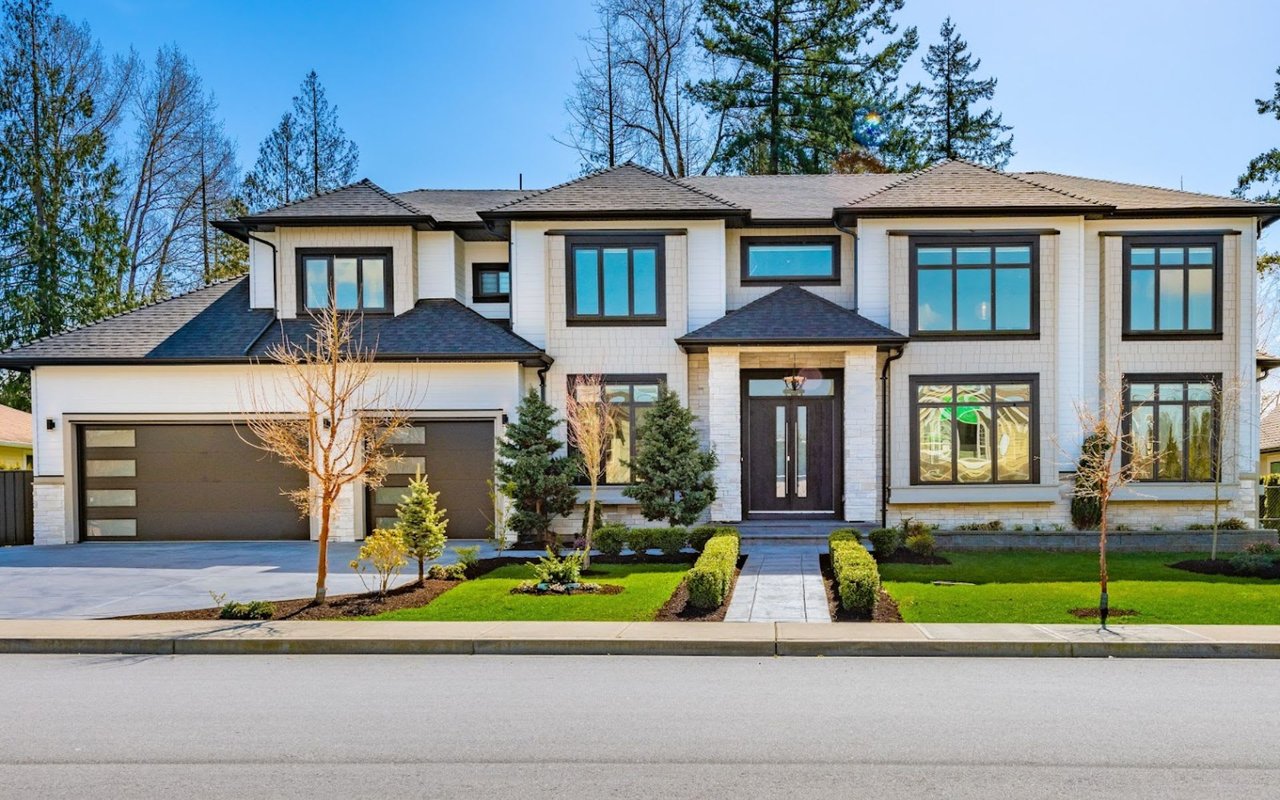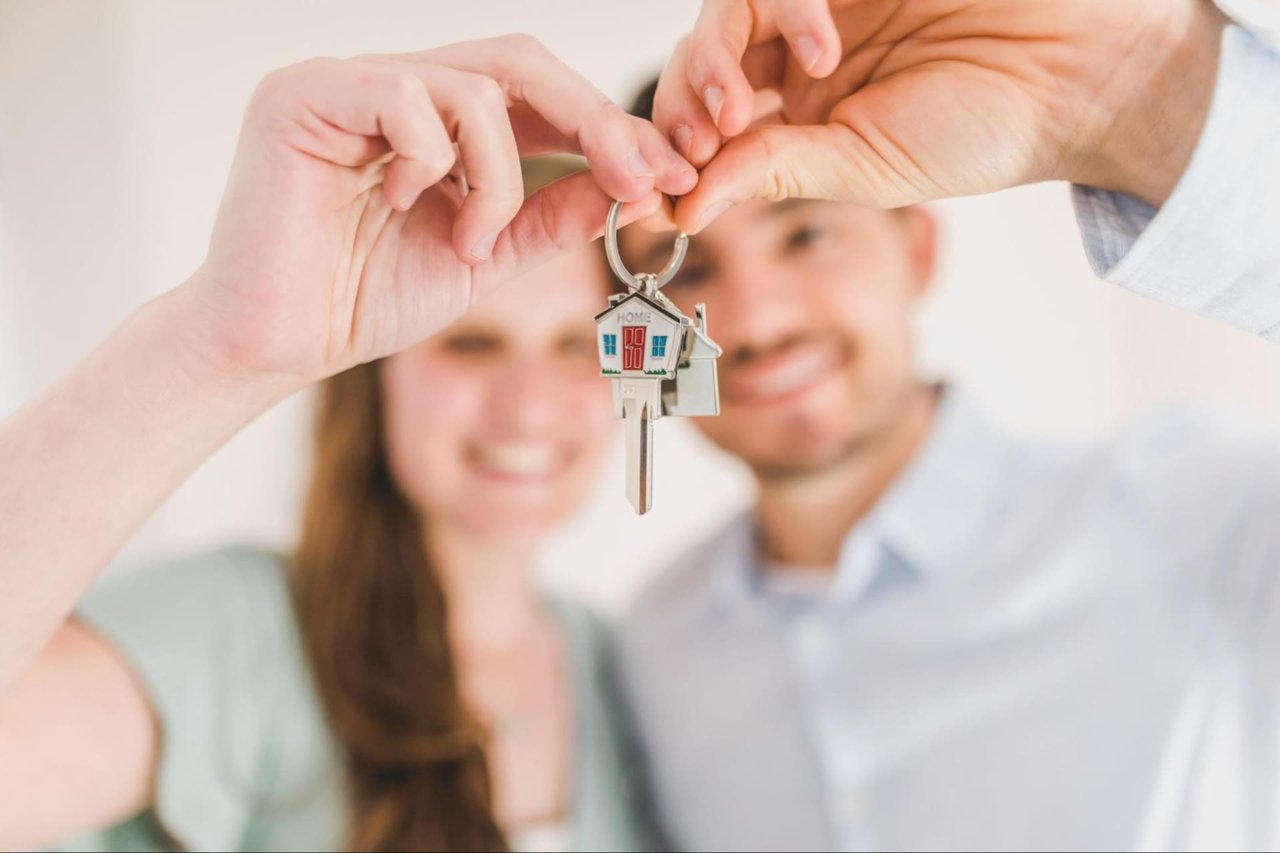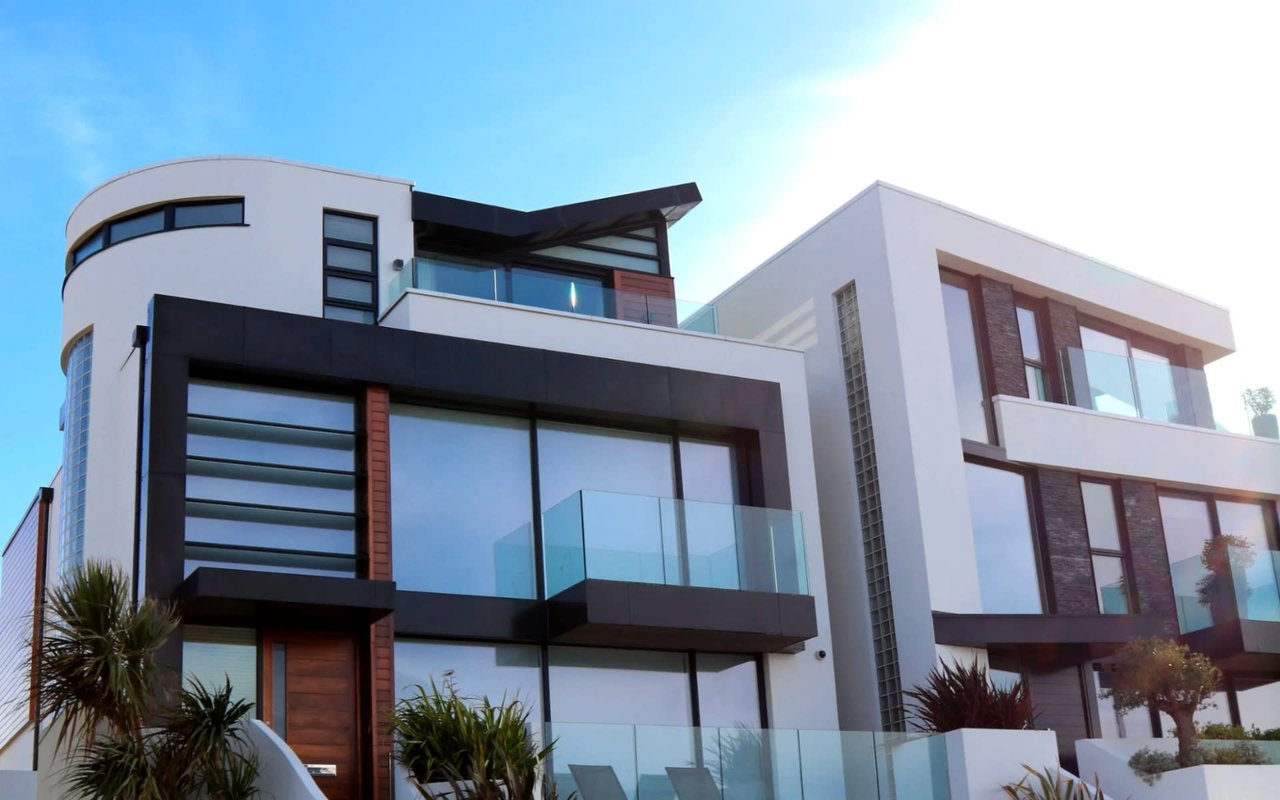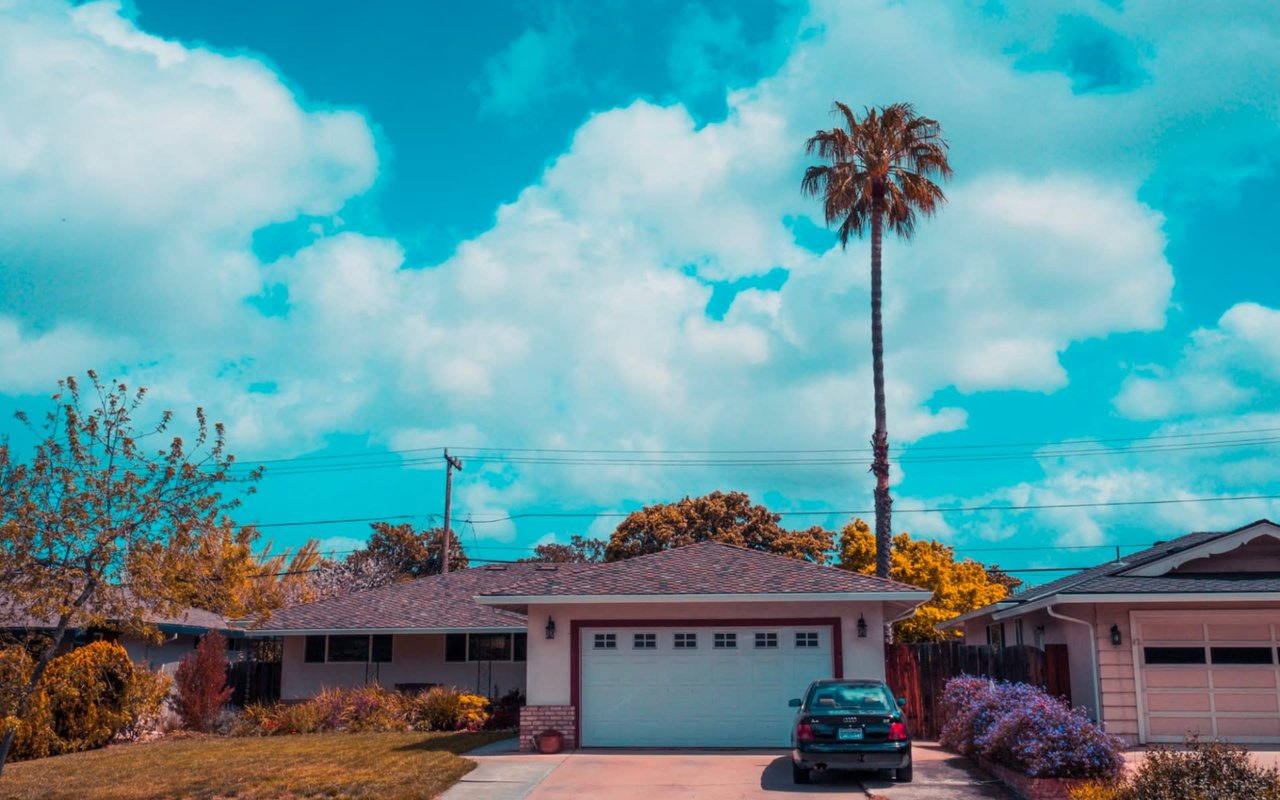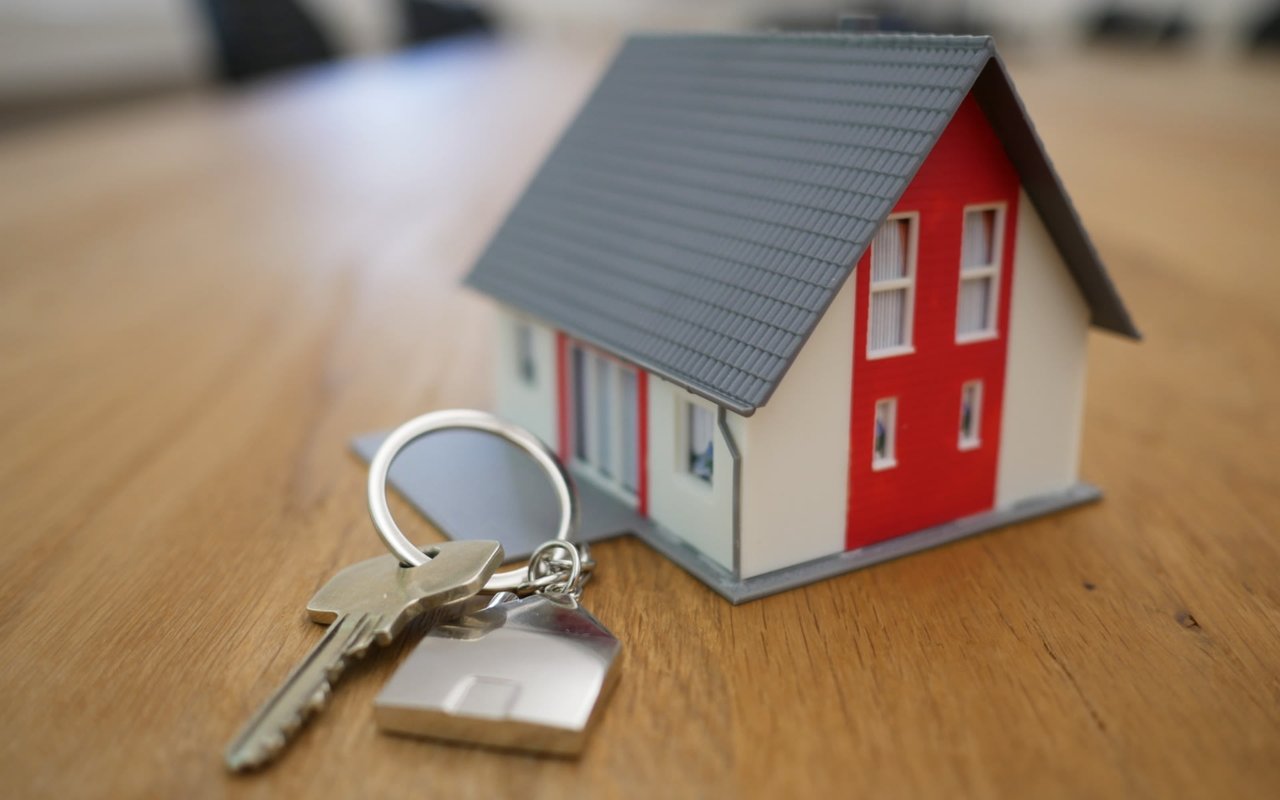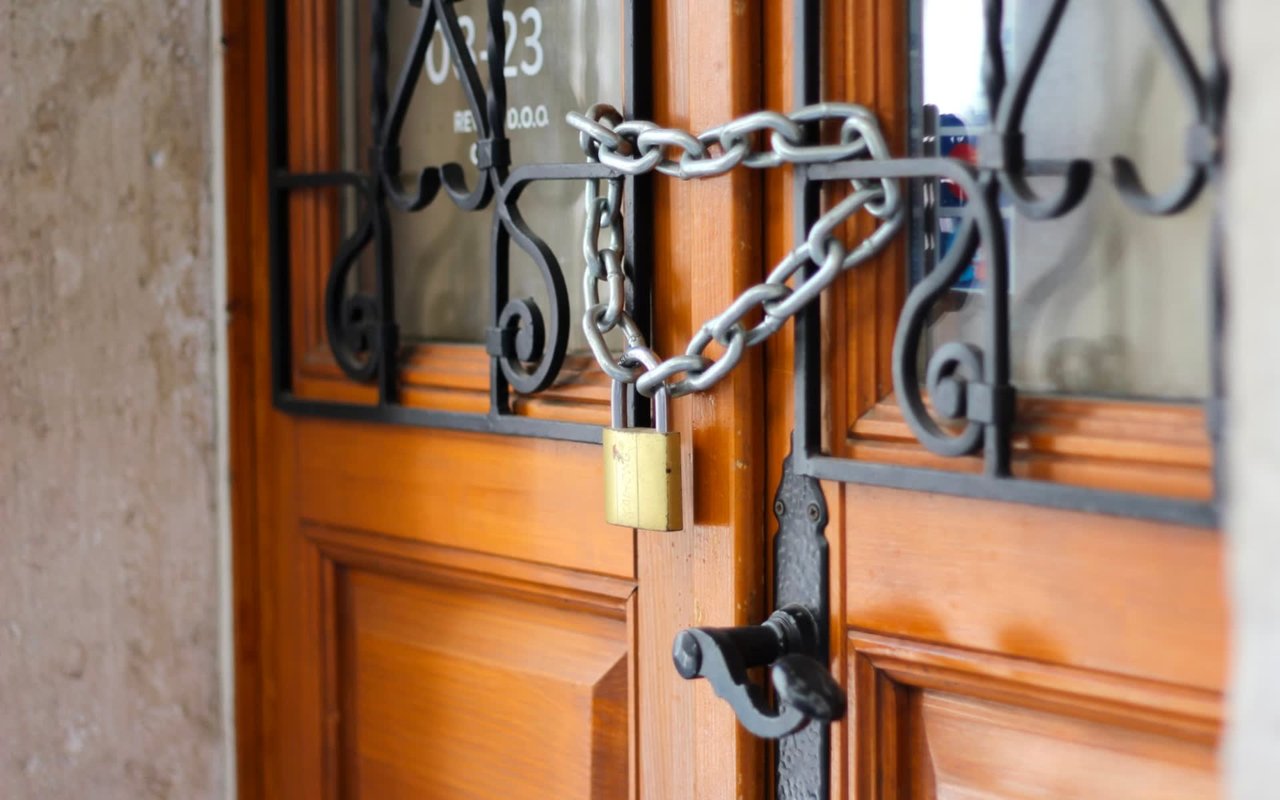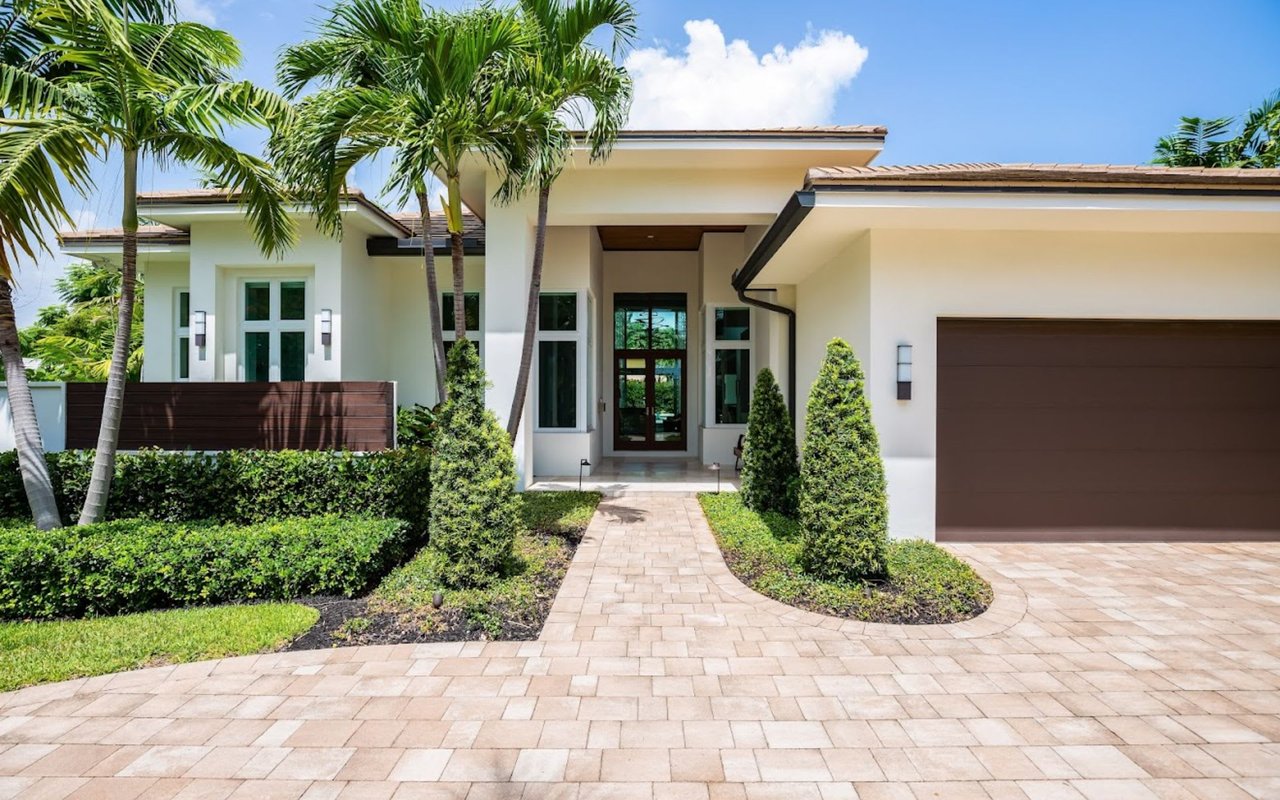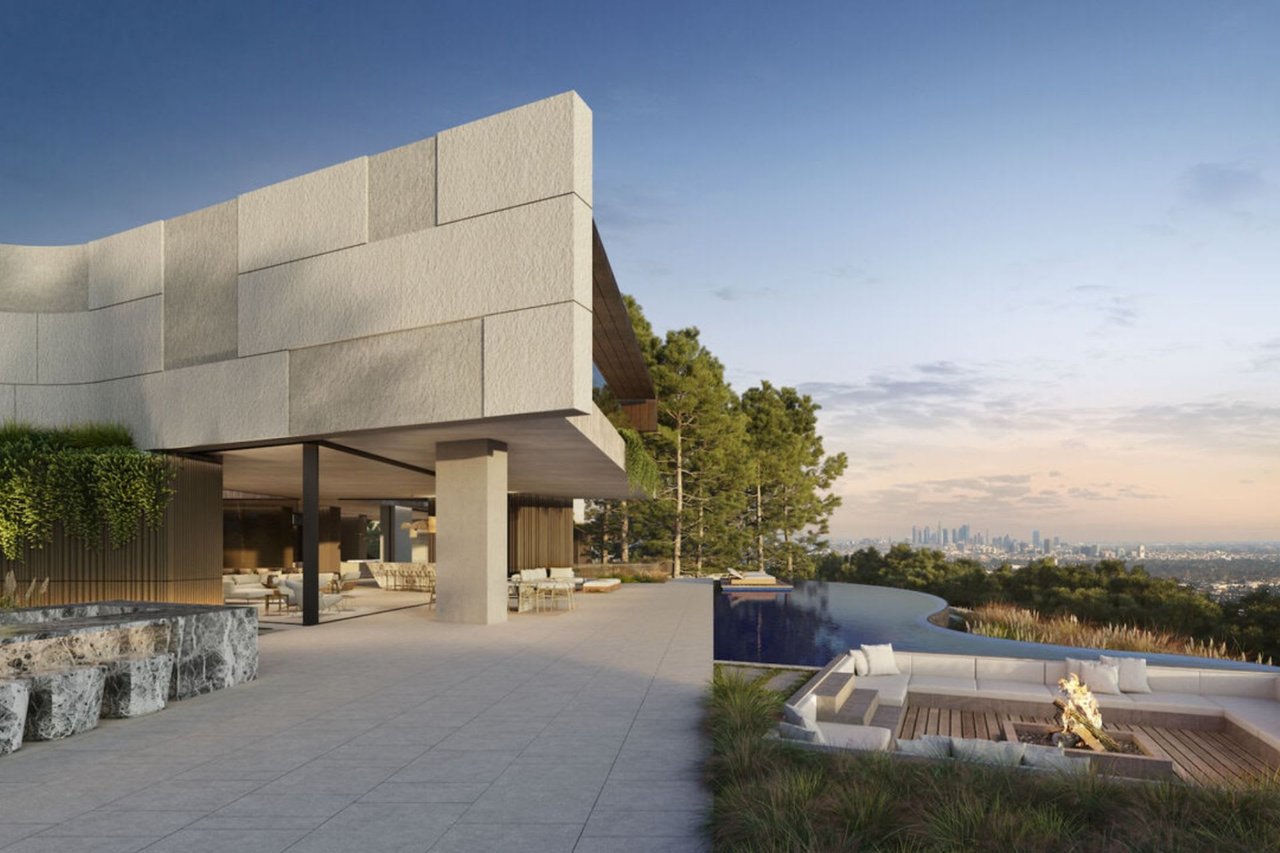Atwater Village, a diverse neighborhood in Los Angeles, is witnessing a remarkable shift towards sustainable homes. With growing concerns about the impact of climate change, the residents of this community are leading the charge toward a greener and more sustainable future. Sustainable homes in Atwater Village are not just about reducing carbon emissions; they're also designed to prioritize comfort, style, and efficiency. These modern and sleek homes blend form and function to offer a luxurious and environmentally conscious living experience.
Join us as we delve into the world of environment-conscious homes in Atwater Village and learn about the innovative solutions that are paving the way for a more sustainable future.
Sustainable homes are becoming more popular in Atwater Village
Atwater Village has emerged as a hotbed for sustainable homes in the Los Angeles area. The neighborhood's progressive and environmentally conscious community has embraced the concept of sustainable living, leading to a surge in the construction of eco-friendly homes.
There are various factors contributing to the neighborhood's rise in popularity. One of the main reasons is its proximity to downtown Los Angeles and its diverse cultural scene, which is highly appealing to people who prefer an urban and sustainable lifestyle. Additionally, the area is easily accessible through public transportation and has a bike-friendly infrastructure, which adds to its appeal.
The strong sense of community has also fostered a culture of sustainability and innovation. Residents actively share their experiences and knowledge, promoting the adoption of sustainable practices throughout the neighborhood. This collaborative spirit has created a supportive environment for those interested in building and living in sustainable homes.
Design and construction
The design and construction of sustainable homes are guided by principles of environmental responsibility and efficiency. Architects and builders work together to create homes that blend seamlessly with their surroundings while maximizing energy efficiency and minimizing waste.
One key aspect of green home design is passive heating and cooling. By orienting homes to take advantage of natural sunlight and airflow, homeowners can reduce their reliance on artificial lighting and air conditioning. Large windows and skylights allow for ample natural light, while strategically placed trees and landscaping provide shade in the summer months.
The materials used in construction also play a crucial role in sustainability. These houses are built using eco-friendly materials such as reclaimed wood, recycled steel, and low VOC (volatile organic compounds) paints. These materials reduce the environmental impact and contribute to a healthier indoor environment.
During construction, waste management practices are implemented to minimize the amount of waste sent to landfills. Recycling and reusing materials wherever possible help reduce the carbon footprint associated with construction.
Energy-efficient features
Energy efficiency is at the forefront of eco-friendly home design. These homes are equipped with various features and technologies that help reduce energy consumption and lower utility bills.
One of the most common energy-efficient features is solar panels. Sustainable homes can generate clean and renewable energy by harnessing the sun's power. Excess energy can be stored in batteries or fed back into the grid, further reducing reliance on traditional energy sources.
Smart home technology is another critical component of energy efficiency. With the use of smart thermostats, homeowners can easily control and optimize their heating and cooling systems, reducing energy waste. Intelligent lighting systems and automated window coverings enhance energy efficiency by allowing precise control over lighting levels and natural ventilation.
Water-saving techniques
Water scarcity is a growing concern in many parts of the world, including California. Sustainable homes in Atwater Village tackle this issue through various water-saving techniques and systems.
Rainwater harvesting is a popular method for collecting and storing rainwater for non-potable purposes. Rainwater is collected from rooftops and directed into storage tanks, which can be used for irrigation, toilet flushing, and other non-drinking water needs. This reduces the strain on municipal water supplies and helps conserve this precious resource.
Water-efficient fixtures and appliances are also commonly found in these homes. Low-flow toilets, showerheads, and faucets help minimize water usage without sacrificing performance. These fixtures are designed to maintain water pressure while reducing the volume of water used, resulting in significant water savings over time.
Homes often incorporate drought-tolerant landscaping. By choosing native plants that require less water, homeowners can create beautiful and water-efficient gardens that thrive in the local climate. Drip irrigation systems are used to deliver water to plant roots directly, making sure that water distribution is even and reducing evaporation.
Financing options for sustainable homes
While the benefits of sustainable homes are undeniable, financing can be a challenge for many homeowners. However, several financing options are available to help make sustainable homes more affordable and accessible.
One option is the Property Assessed Clean Energy (PACE) program. PACE financing allows homeowners to finance energy-efficient and renewable energy improvements through their property taxes. The loan is repaid over time, typically through an additional assessment of the property tax bill.
Green mortgages are another financing option for sustainable homes. These mortgages offer favorable terms and lower interest rates for homes that meet specific energy efficiency standards. Lenders may also provide incentives such as reduced closing costs or higher loan amounts for green homes.
How a realtor can help
Finding the perfect sustainable home in Atwater Village can be daunting, but a knowledgeable realtor from our team at Omni Homes can make the process much easier. A realtor specializing in green homes can help navigate the market, identify properties with sustainable features, and provide valuable insights into the local sustainable living scene.
A realtor can also help connect buyers with lenders and financing options that cater specifically to environmentally friendly homes. They can guide homeowners on grants, rebates, and other financial incentives.
Furthermore, a realtor can assist in evaluating the sustainability features of a home and determining its long-term value. They can provide information on the energy efficiency of appliances, the age and condition of solar panels, and other factors that may affect a property's sustainability and resale value.
The future of sustainable homes in Atwater Village
The rise of eco homes in Atwater Village is a testament to the neighborhood's commitment to environmental responsibility and innovation. With ongoing advancements in technology, design, and financing options, sustainable living is becoming more accessible and appealing to a broader audience. As more homeowners and builders adopt sustainable practices, the community will continue to exemplify what can be achieved when sustainability and style come together. If you’re interested in investing in a sustainable home in the Atwater Village area, contact us. Our experienced team can help you explore owning a home with an eco-friendly design.
